Money Tree vs Umbrella Plant, Ficus, Palm & Jade
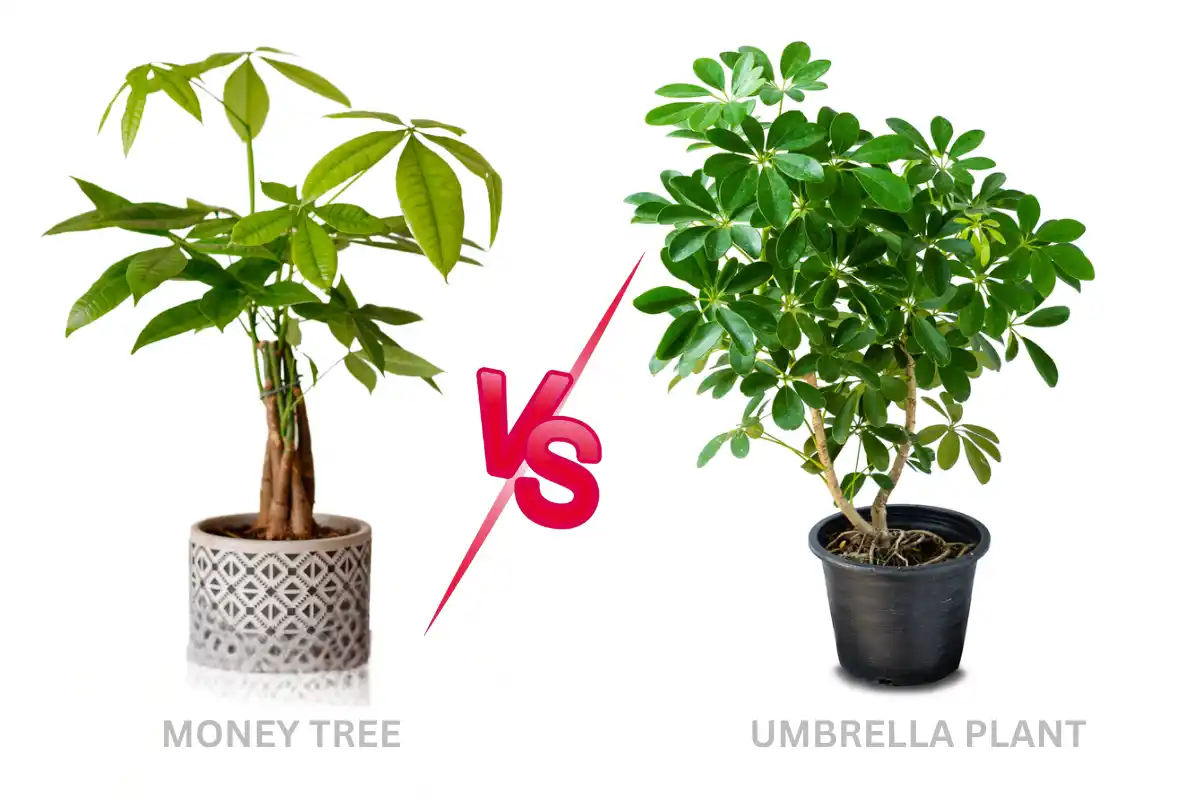
When you see an umbrella plant, jade, palm or Ficus plant, do you think that may be its money tree? The answer is simple! “No”, Pichara Aquatica is differe from Umbrella Tree, Ficus, Jade, or Palm. Each plant belongs to its own plant family and has unique characteristics. Do you know all of them but having confusion like which one to choose? which indoor plants can give you more benefits with minimum care? Let’s have a look on the Umbrella Tree vs Money Tree to simplify the differences and similarities. Then Buy and keep schefflera or Pachira Aquatica as per your home needs.
Quick Answer
Money Tree bring Luck in feng shui and thrives in medium light, safe for pets, and grows slowly for years while Umbrella plant is Fast-growing with lush, tropical leaves—loves bright light, purifies air, but keep away from pets.
Umbrella Tree VS Money Plant: Comparison Table
Aspect | Money Tree | Umbrella Tree |
|---|---|---|
Appearance | Braided trunk, glossy green leaves | Umbrella-shaped, glossy green leaves |
Light Needs | Bright, indirect light | Bright, indirect light |
Watering | Water when top 2 inches are dry | Water when top inch is dry |
Humidity | Prefers moderate humidity | Thrives in high humidity |
Growth Rate | Moderate | Fast |
Toxicity | Non-toxic to pets and humans | Mildly toxic to pets and humans |
Air Purifying | Yes | Yes |
Maintenance | Low | Moderate |
What is a money tree?
Love, meet our new lucky charm—the Money Tree scientifically known as Pachira aquatica. This easy-care beauty hails from Central American wetlands but thrives in our home with just bright, indirect light and water when the soil dries. Its playful braided trunk (a trendy 1980s touch!) and glossy leaves aren’t just cute—Feng Shui believers say it attracts wealth if placed near to the door. Also called Malabar Chestnut, it’s pet-safe, loves humidity, and grows happily for years with minimal fuss. Perfect for us—low maintenance but full of good vibes!

What Is an Umbrella Plant?
Umbrella Plant, scientifically known as Schefflera is a air-purifyer. This fast-growing stunner transform a dull corer into a Mini jungle, with its glossy, hand-shaped leaves that dance in the breeze. It thrives in bright, indirect light and forgives the occasional missed watering. While it cleans our air like the Money Tree, it’s mildly toxic for pets if nibbled. Perfect for that sunny spot near our reading chair!
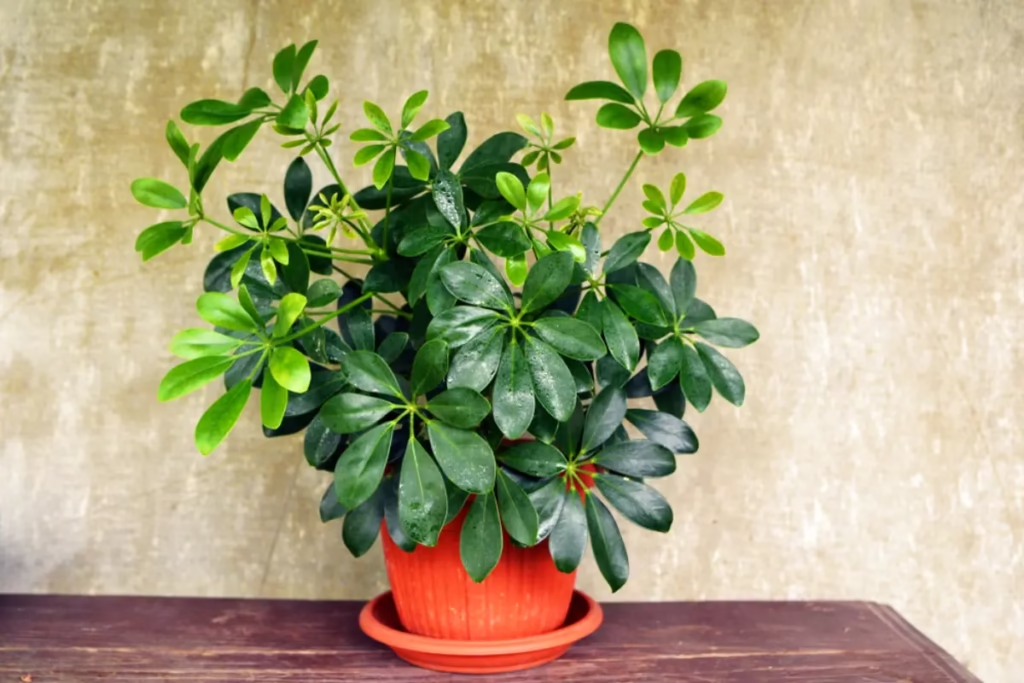
Key Differences: Umbrella Plant vs. Money Tree
Appearance & Structure
Imagine two plants side by side: one has playful braided trunks topped with glossy green starfish-shaped leaves (that’s your Money Tree—compact and lucky!). The other grows tall with umbrella-like leaf clusters radiating from each stem (hello, Umbrella Plant—wild and jungle-chic!).
Guana Chestnut stays tidy like a bonsai, while the Umbrella Plant bursts outward like mini palm, Spot them by their trunks—twisted vs. straight—or leaves (small and clustered vs. large and layered).
Light & Watering Needs
The Money Tree thrives in bright, indirect light (near an east window is perfect!) and only needs water when the top 2 inches of soil are dry—it’s drought-tolerant but not a cactus.
The Umbrella Plant loves bright light too (but no harsh afternoon sun!) and prefers slightly more frequent watering—when the top inch of soil dries. It’ll droop dramatically when thirsty, then bounce back within hours after a drink.
Light Hack: If their leaves fade or stretch, they’re begging for more sunshine!
Soil & Humidity
Money Tree willing to chunky, well-draining soil (add perlite!) and enjoys humidity (mist occasionally or place in bathrooms). Expert gardner always makes the soil dry halfway before watering.
Mr. Mini Jungle prefers standard potting mix but still needs good drainage. It tolerates average humidity but thrives with weekly misting. Overwatering cause leaf drop.
Growth and Lifespan
MoneyTree grows slow (6-8 ft in years) but lives 10-15 years, its braided trunk thickening with age while Umbrella Plant grows fast (10 ft in 3-5 years) and lives 15-20+ years if pruned. Both thrive for decades with bacis attention.
Toxicity & Pet Safety
Money Tree is Non-Toxic and safe for pets while Umbrella Plant is mildly toxic if eaten, so keep it away from nibbling cats or dogs. Both are safe to touch, but the Umbrella Plant’s sap may irritate sensitive skin.
Releated: Is Money Tree toxic to cats and dogs
Peaceful and Ideal condition
The Money Tree thrives in bright, indirect light (east-facing windows), humid air (mist occasionally), and well-draining soil watered only when top inch becomes dry. Keep it cozy (65-80°F) and away from drafts.
The Umbrella Plant loves bright light (but tolerates medium), and adapts to average humidity. It’s happiest at 60-75°F. Standard potting mix watered when the top inch dries.
Life challenges
Money Tree Troubles:
- Yellow leaves = Overwatering
- Brown tips = Low humidity or tap water
- Leaf drop = Drafts or sudden temp changes
Umbrella Plant Woes:
- Dropping leaves = Underwatering or cold drafts
- Leggy growth = Needs more light
- Pests (spider mites) = Wipe leaves with soapy water
Schefflera vs. Money Tree: Which Plant Suit you?
Choose the Money Tree if:
- You have medium light (east/north windows) or want a lucky charm.
- Prefer slow, manageable growth (won’t take over)
- Have pets/kids (100% safe)
- Love the braided trunk aesthetic
Money Tree
Original price was: $ 34.$ 29Current price is: $ 29.
- Stylish Appearance – Braided trunk and green canopy add modern charm
- Low Maintenance – Grows well in partial shade with minimal care
- Lucky Symbolism – Said to bring wealth and positive energy
- Loved by Thousands – Rated 4.0/5 by over 15,000 happy buyers.
Description
Looking to refresh your space and invite a little more luck into your life? The Money Tree is more than just a houseplant—it’s a vibrant symbol of prosperity, balance, and calm. With its braided trunk and bold green leaves, it adds both beauty and meaning to any space.
Whether you’re decorating your apartment, giving a thoughtful gift, or just want a low-effort plant that looks great year-round, this one checks all the boxes. It’s stylish, uplifting, and easy to care for—making it the perfect plant for both beginners and green thumbs alike.
Pros and Cons of Having money Tree in home
Prose
Cons
Product information
Feature | Details |
|---|---|
Light Needs | Bright, indirect light or partial shade |
Watering | Weekly when top 1–2″ of soil is dry |
Height | Up to 84 inches (mature height) |
Air Purifying | Yes |
Placement | Living room, office, bedroom |
Blooming Season | Spring, Summer |
USDA Zone | 10 |
Pet Friendly | Yes |
Brand | Costa Farms |
Care for Pichara Aquatica
Caring for a Money Tree is more than routine—it’s a calming ritual that brings peace and greenery into your day. With the right love and light, it thrives effortlessly.
why you pick this
We’ve done the research to save you time. This plant is backed by thousands of positive reviews and continues to be a trusted indoor favorite—bring greenery and calm energy home today.
Pick the Umbrella Plant if:
- You have bright corners (near south/west windows) to fill quickly
- Want dramatic, fast growth (instant jungle vibe)
- Can place it higher up (away from pets due to mild toxicity)
- Crave air-purifying benefits (great for living rooms)
Explore Our others comparison
Money Tree Comparison with Ficus, Palm and jade Plant
malabar Chestnut is a low-maintenance, compact plant symbolizing prosperity, ideal for beginners. Jade Plant happily lives in bright light with minimal watering, perfect for succulent lovers, while Palms bring a tropical vibe but need more space and light. The Ficus Tree, a bold statement plant, requires bright light and consistent care, making it better for experienced growers.
Is A Money Tree A Ficus?
No, the Money Tree (Pachira aquatica) is not a Ficus and both belong to different plant families. With its braided trunk and glossy leaves, Money Tree thrives in bright, indirect light and is relatively low-maintenance.
In contrast, the Ficus Tree has fuller foliage and needs bright, sunny spots and sensitive to cold drafts which grows aggressive roots that might damage structures. Due to these differences, a Money Tree won’t do well in the same conditions as a Ficus Tree.

Which one to Choose: Money Plant vs Ficus Tree
A Money Tree is a great pick for small spaces and those seeking a low-maintenance plant with a touch of luck while Ficus Tree is a larger, more dramatic plant that requires bright light and consistent care. Choose the Money Tree for simplicity or the Ficus for a striking focal point.
Are pachira aquatica and Jade Plants the Same?
The Pachira aquatica and the Jade Plant (Crassula ovata) may share the nickname “Money Plant,” but they’re not the same.
The Jade Plant is a tough succulent from South Africa. It grows three feet tall with thick, shiny leaves that can change colour if too much sun hits directly. It needs little water and bright sunlight. While both like humidity and should be carefully watered to avoid root rot.
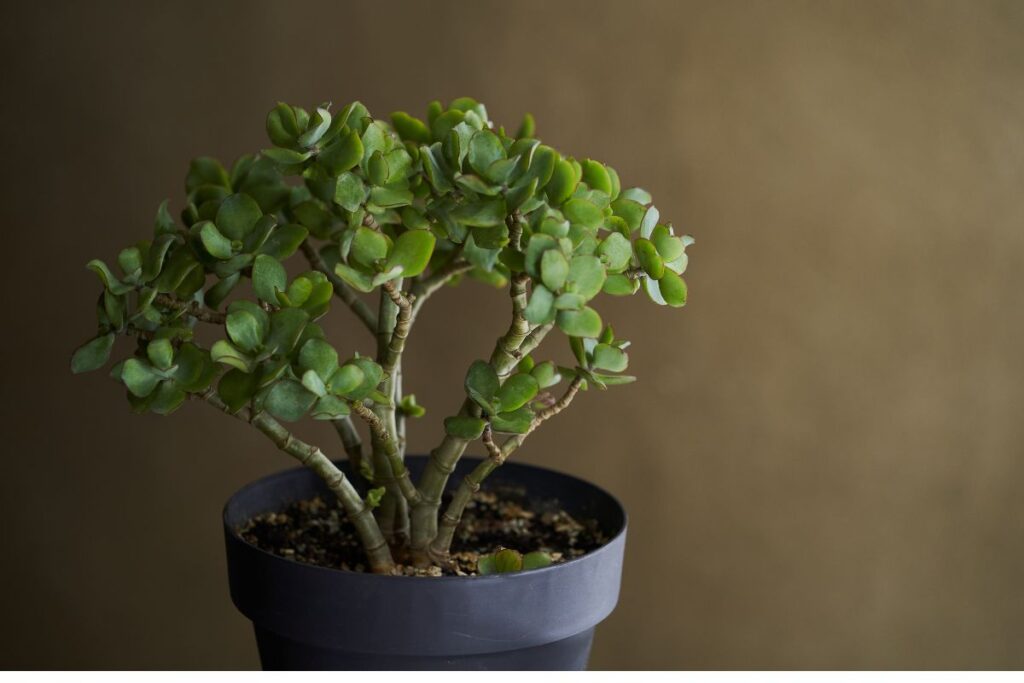
Which one to Choose: Money Plant vs Jade Plant
The Money Tree is known for its braided trunk and low-light tolerance, perfect for beginners. The Jade Plant, a succulent, thrives in bright light and requires minimal watering, symbolizing good luck and wealth. If you prefer a unique look, go for the Money Tree; for a succulent lover, the Jade is ideal.
Is a Money Tree same as Palm?
No, a Money Tree is not a palm. While they might look different, palms and Money Trees are not related.
Palm trees and Money Trees are different plants. You can tell them apart quickly by their leaves: Money Trees have leaves that spread out in a star shape around the stem, while palm trees have leaves that line up along the length of the stem.
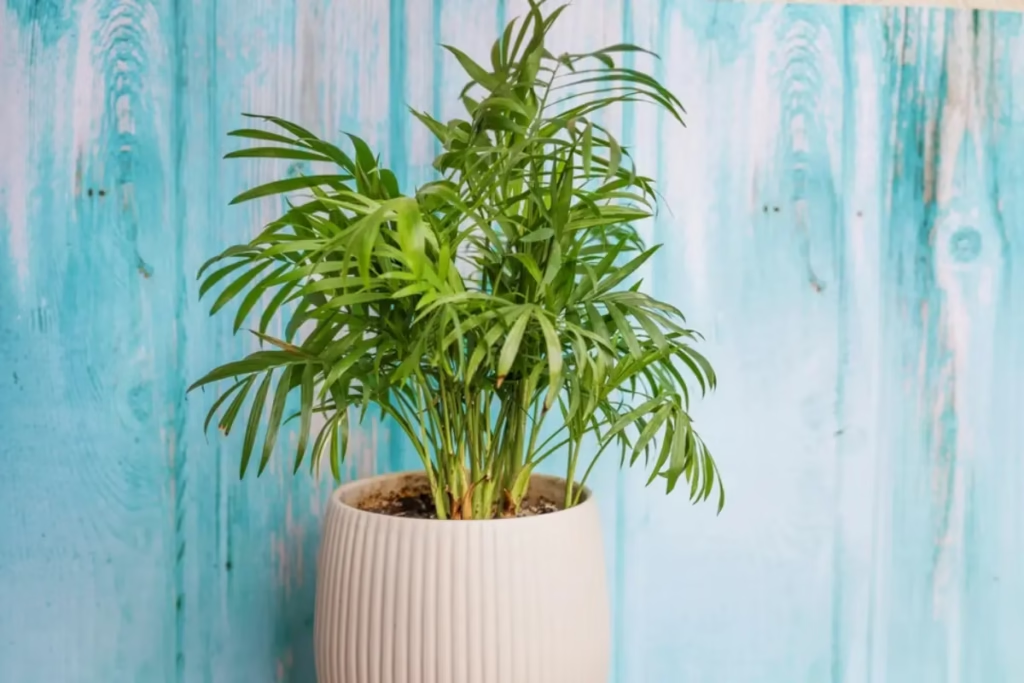
Which one to Choose: Money Plant Vs Palm Tree
The Money Tree is compact, easy to care for, and thrives in low to moderate light, making it ideal for offices or small homes. Palm Trees, like the Parlor Palm or Areca Palm, bring a tropical vibe but need more space and brighter light. For simplicity, go with the Money Tree; for a tropical feel, choose a Palm.
Related: Money Tree vs. Money Plant: Which One Brings More Luck?
conclusion
Finally, we hope this blog has been informative and has cleared up any confusion about money tree comparison with umbrella plant, ficus, palm and jade. You can confidently choose the best plant for your home by understanding its unique characteristics and care needs.
Whenever you a plant, first observe your surroundings and light conditions to find one that suits your care routine. With proper attention, any plant can flourish and bring a touch of nature into your home, creating a calm and vibrant atmosphere. Thank you for letting us be part of your plant journey!

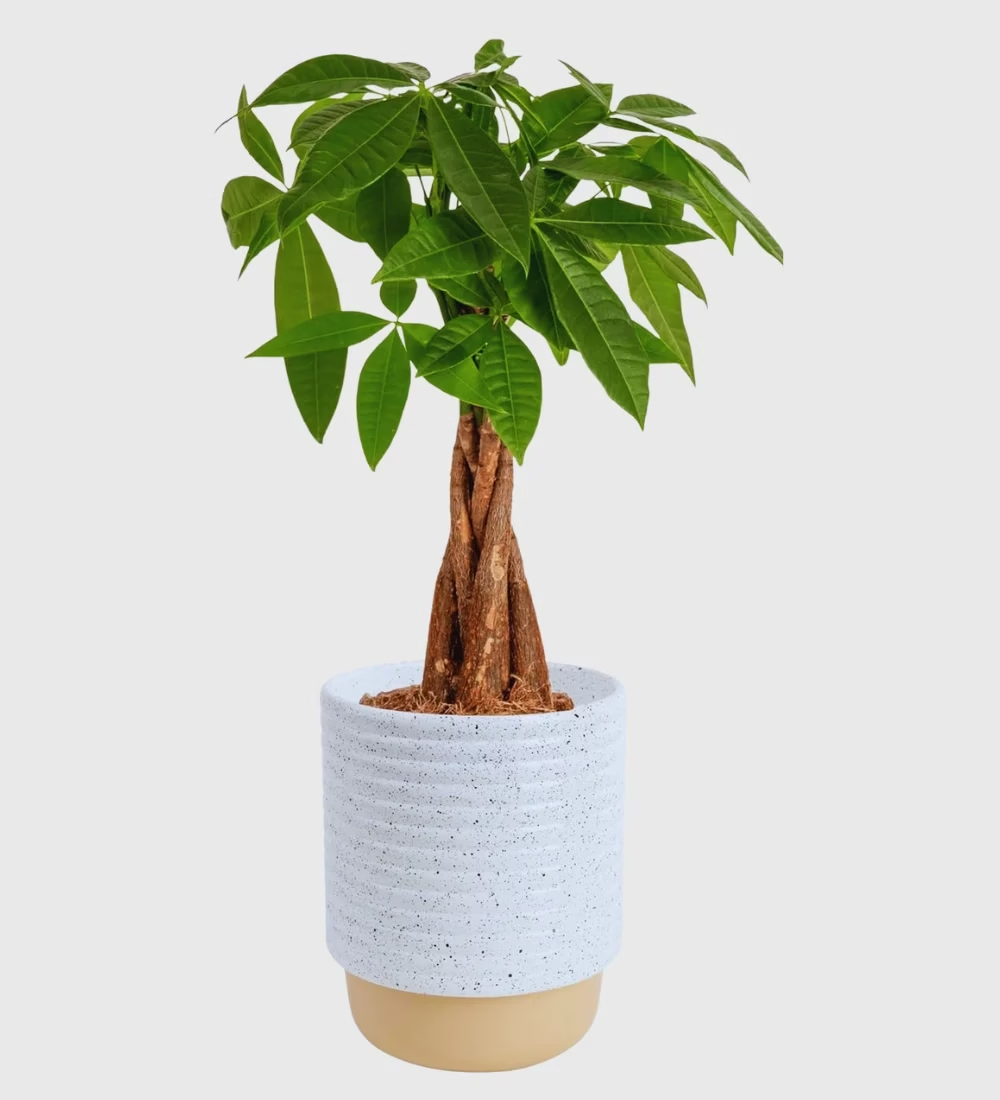
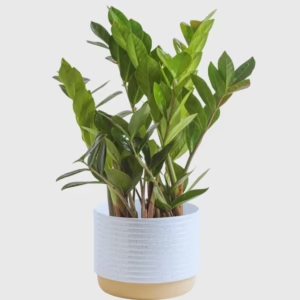
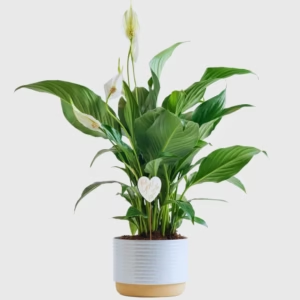
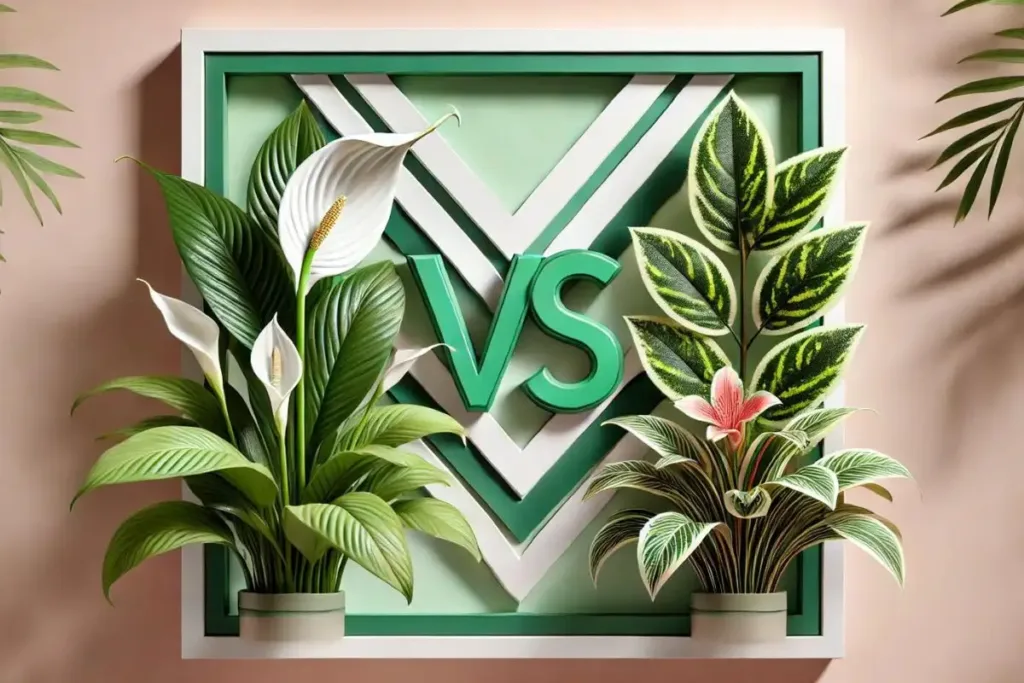
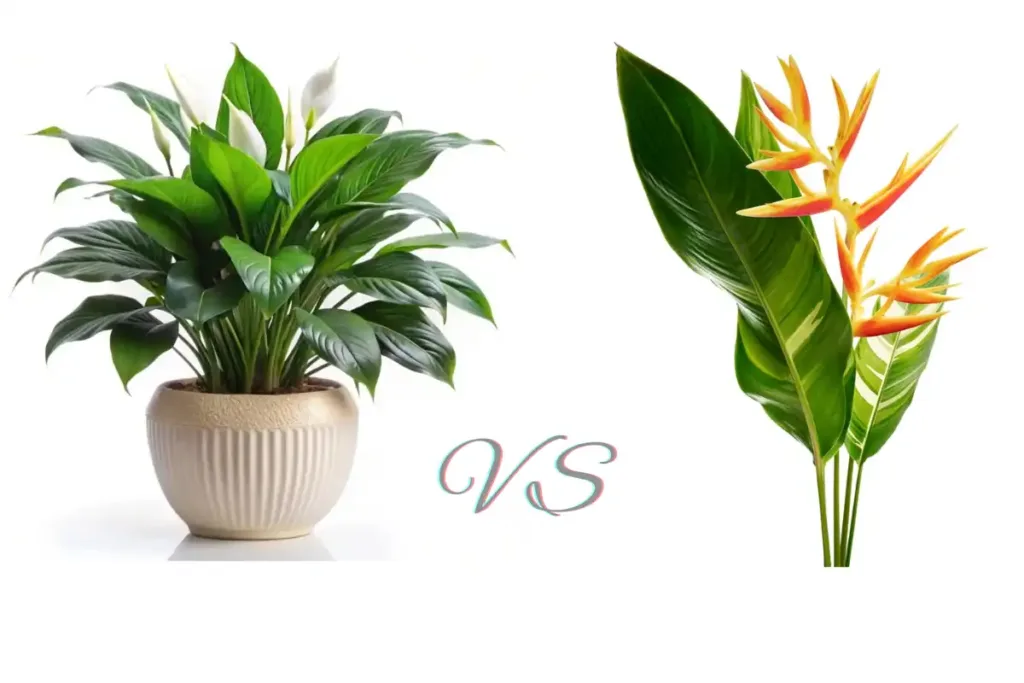

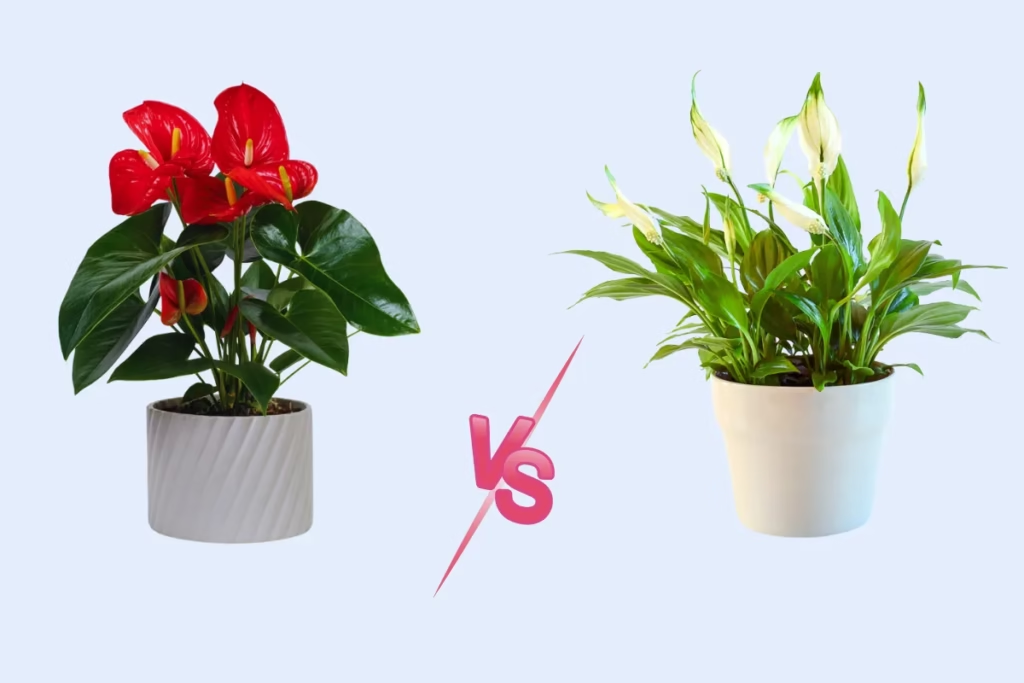
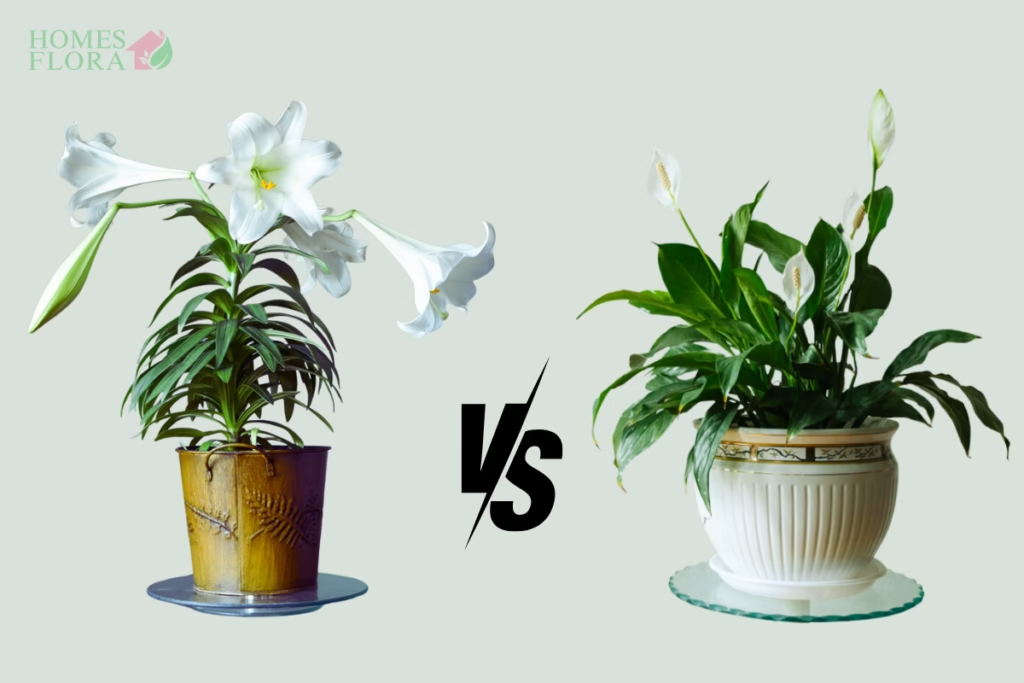
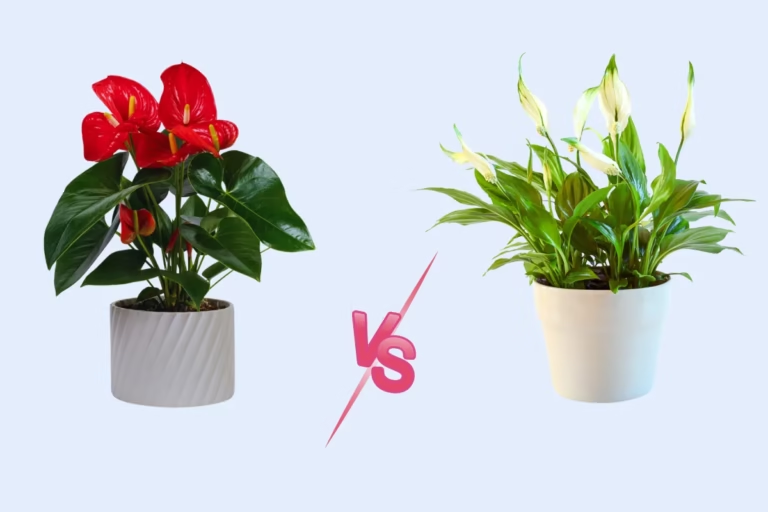
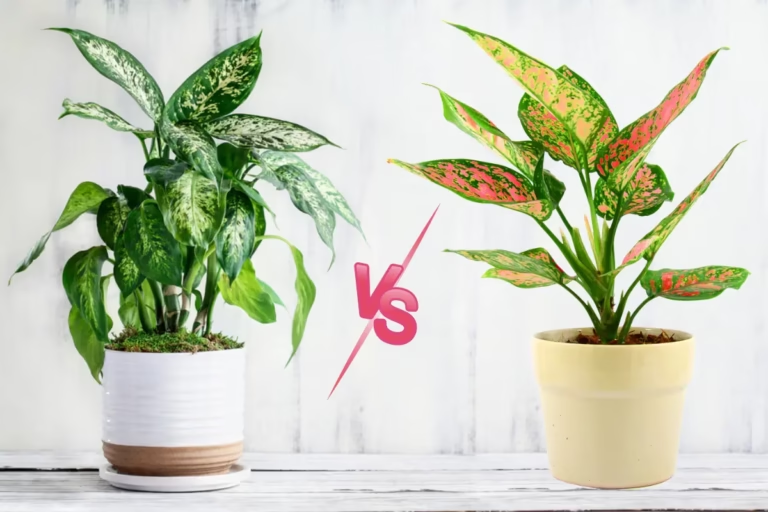
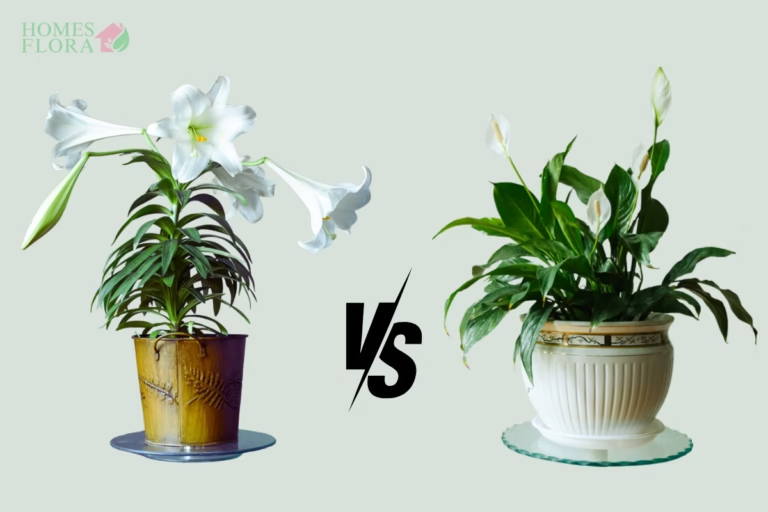
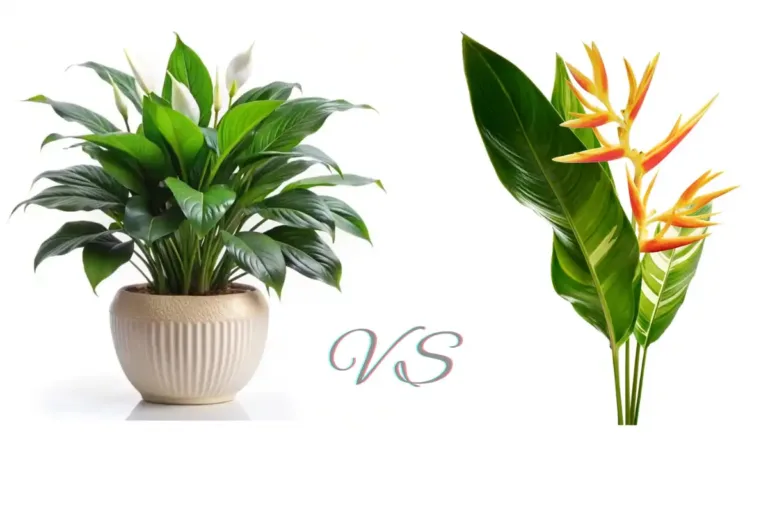


Reviews
There are no reviews yet.